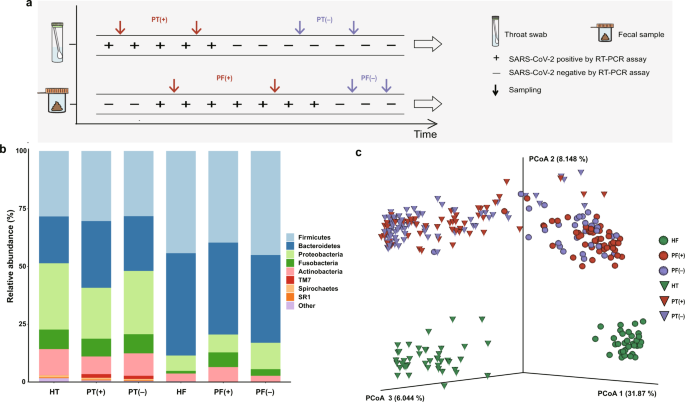- Select a language for the TTS:
- UK English Female
- UK English Male
- US English Female
- US English Male
- Australian Female
- Australian Male
- Language selected: (auto detect) - EN
Play all audios:
ABSTRACT 848 _Hematology-Oncology II Poster Symposium, Sunday, 5/2_ Mastocytosis is characterized by abnormal infiltration of mast cells in various organs. An activating mutation in c-kit
(SCF receptor) was recently described in mastocytosis. By phosphorylation studies we have previously shown that the mutation causes activation of the receptor. Herein we describe a 12-years
old girl with mastocytosis and a mutation in peripheral blood and bone marrow mononuclear cells, and delineate the role of SCF and its receptor in the pathogenesis of the disease. Methods:
Clonogenic assays containing IL-3, G-CSF and erythropoietin with 4 different concentrations of SCF were performed and analyzed for colony formation, percentage of mast cells and apoptosis
rate. Results were compared with marrow cells from normal controls. In order to confirm the presence of the patient's original abnormal clone (bearing isochromosome 8q abnormality) in
the cultures, FISH analysis using a chromosome 8 centromere specific probe was performed. Results: When the highest concentration of SCF (50 ng/ml) was added, CFU-GM, CFU-Bas, BFU-E colony
number changed by +275%, +317%, and -85% respectively. Controls showed changes of less than 50% in CFU-GM and BFU-E respectively, and CFU-Bas remained zero. Toluidine blue stain confirmed
the presence of mast cells and an increase in their number from 2 to 20% in the patient in response to added SCF, compared to 1% in controls with and without SCF. FISH analysis confirmed the
presence of the patient's original abnormal clone in all the cultures: with and without SCF. Cluster/colony ration decreased in controls, but increased in the patient from 0.39% to
0.49%. Apoptosis of harvested cultured cells with SCF increased from 11% to 50% compare to constant rates of 10-20% in controls. Conclusions: The c-kit activating mutation induces
hypersensitivity of primitive progenitors to SCF, with increased production of basophil/mast cells at the expense of erythroid cells. Accumulation of abnormal cells with increasing
concentrations of SCF was accompanied by higher apoptosis rates and increased cluster formation, which is consistent with the myelodysplastic nature of the disorder. AUTHOR INFORMATION
AUTHORS AND AFFILIATIONS * Division of Hematology/Oncology, The Hospital For Sick Children, Toronto, Ontario, Canada Yigal Dror, Michael Leaker, Georgina Caruana, Alen Bernstein & Melvin
H Freedman * Samuel Lunefeld Research Institute, Mount Sinai Hospital, Toronto, Ontario, Canada Yigal Dror, Michael Leaker, Georgina Caruana, Alen Bernstein & Melvin H Freedman Authors
* Yigal Dror View author publications You can also search for this author inPubMed Google Scholar * Michael Leaker View author publications You can also search for this author inPubMed
Google Scholar * Georgina Caruana View author publications You can also search for this author inPubMed Google Scholar * Alen Bernstein View author publications You can also search for this
author inPubMed Google Scholar * Melvin H Freedman View author publications You can also search for this author inPubMed Google Scholar RIGHTS AND PERMISSIONS Reprints and permissions ABOUT
THIS ARTICLE CITE THIS ARTICLE Dror, Y., Leaker, M., Caruana, G. _et al._ Mastocytosis Cells Bearing the c-kit Activating Point Mutation Are Characterized by Hypersensitivity to Stem Cell
Factor (SCF) and Increased Apoptosis. _Pediatr Res_ 45, 146 (1999). https://doi.org/10.1203/00006450-199904020-00865 Download citation * Issue Date: 01 April 1999 * DOI:
https://doi.org/10.1203/00006450-199904020-00865 SHARE THIS ARTICLE Anyone you share the following link with will be able to read this content: Get shareable link Sorry, a shareable link is
not currently available for this article. Copy to clipboard Provided by the Springer Nature SharedIt content-sharing initiative




:max_bytes(150000):strip_icc():focal(734x339:736x341)/tom-holland-britney-spears-65e185aab644450da9b2bf69327e87bd.jpg)



